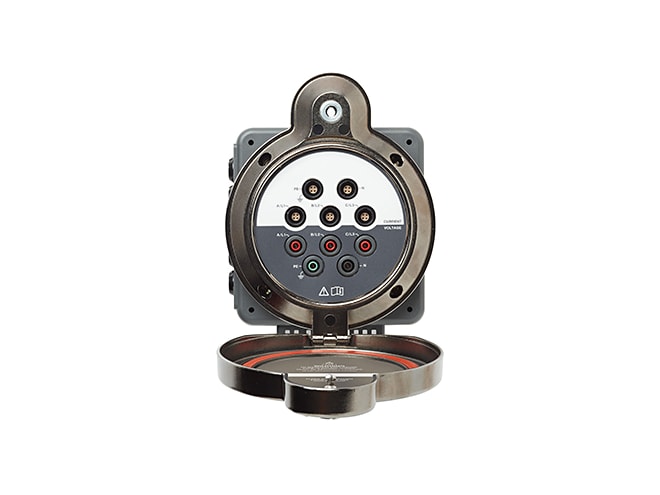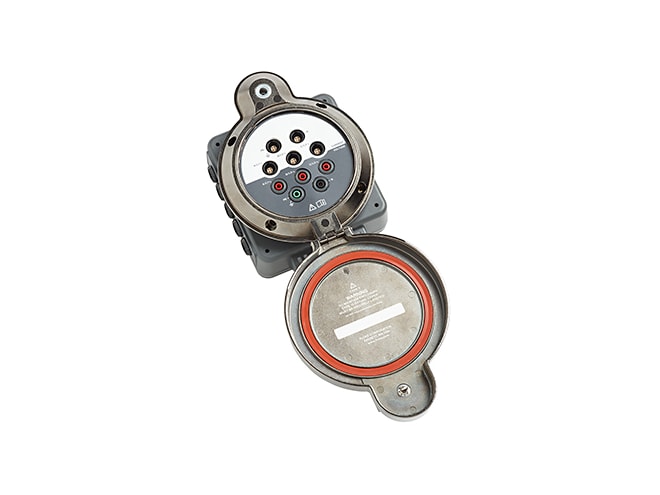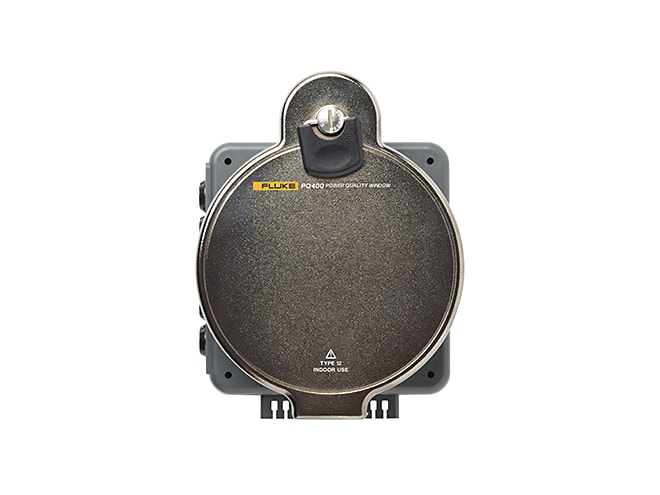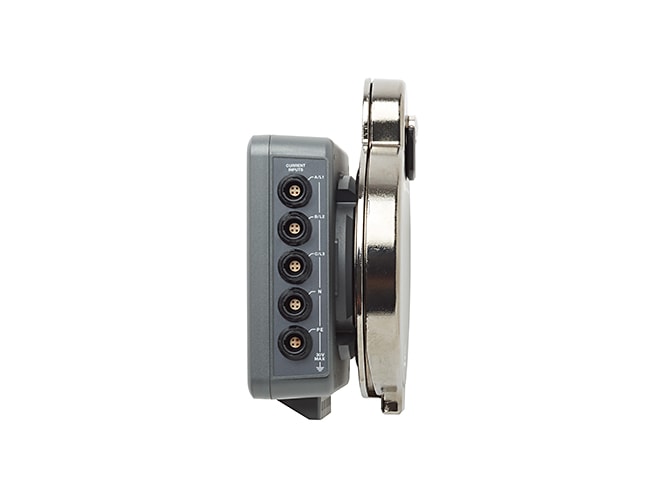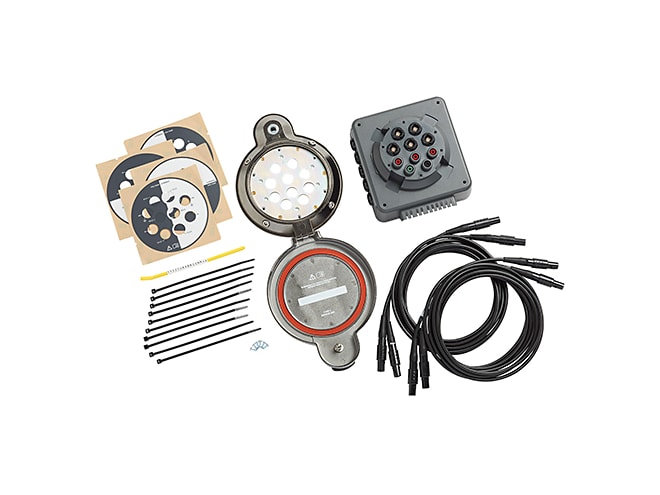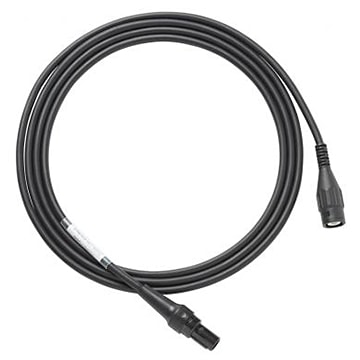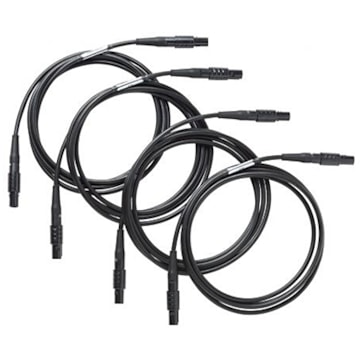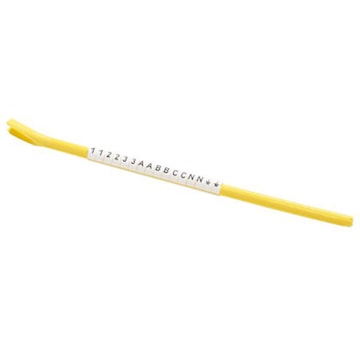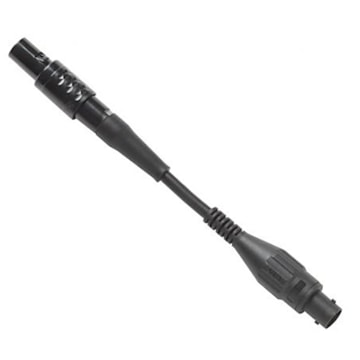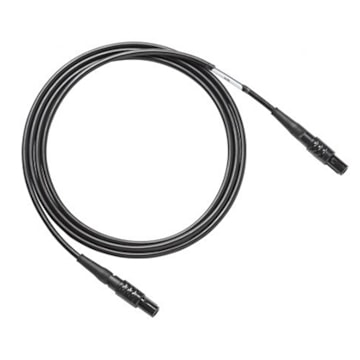
Fluke PQ400 Electrical Measurement Window
Five inputs, up to 1000V, access to electrical panels without opening panel door, reduces risk and increases efficiency.
- By Fluke
Overview
Features
- Voltage up to 1000 V
- Humidity per IEC 60721-3-3 Class 3K6
- 10 to 90% for -13 to 95°F
- Max 35% to 122°F
- Max 23% to 140°F
- 5 inputs: A/LI, B/L2, C/L3, N, and earth/ground
- 5x 4mm safety terminals
- 3x red for A/L1, B/L2, C/L3
- 1x black for N
- 1x green for earth/ground
- UL 50/NEMA environmental type 1 enclosure
- Outside dimensions 148 x 187 x 23mm (W x H x D)
- IEC 61010-2-030: CAT IV 600 V / CAT III 1000 V
- IEC 60529: IP67 cover closed, IP50 cover opened
and all connectors attached - IEC 60068-2-6, MIL-PRF28800F
random vibration class 2
Description
The Fluke PQ400 electrical measurement window enables the connection of three-phase measurement equipment to energized panels without the need to open the panel door or wear supplemental personal protective equipment (PPE). The PQ400 is a permanently installed interface that provides technicians with near-instant access to electrical panels for making critical power quality and energy measurements. The PQ400 increases measurement efficiency, and reduces the risk of arc-flash and electrocution.
The PQ400 features permanently connected voltage and current sensors located inside the electrical panel, allowing the user to make power quality and energy measurements using the external access points. The unit also has automatic probe detection for Fluke 1740 and 1730 series power quality and energy loggers and compatible clamps, eliminating the need to open the cabinet to check the clamp model. Full 360-degree rotation allows the PQ400 window to be oriented in any direction.
The PQ400 installs using a standard step drill bit and electrohydraulic hole punch, and allows users to make three-phase voltage, current and ground connects covering most measurement configurations. Once the window is installed, users can simply unlock the cover, lift the lid, connect the voltage leads of the logger or analyzer, and connect the leads for the current sensors. Once complete, the voltage and current connections are removed from the front panel interface, leaving the internal connections in place for future use.
Documents
Accessories
Need Help? Call a Temperature engineer at 1-800-884-4967
We're open Mo-Th 8am to 5:30pm. Fr 8am to 5pm ET
